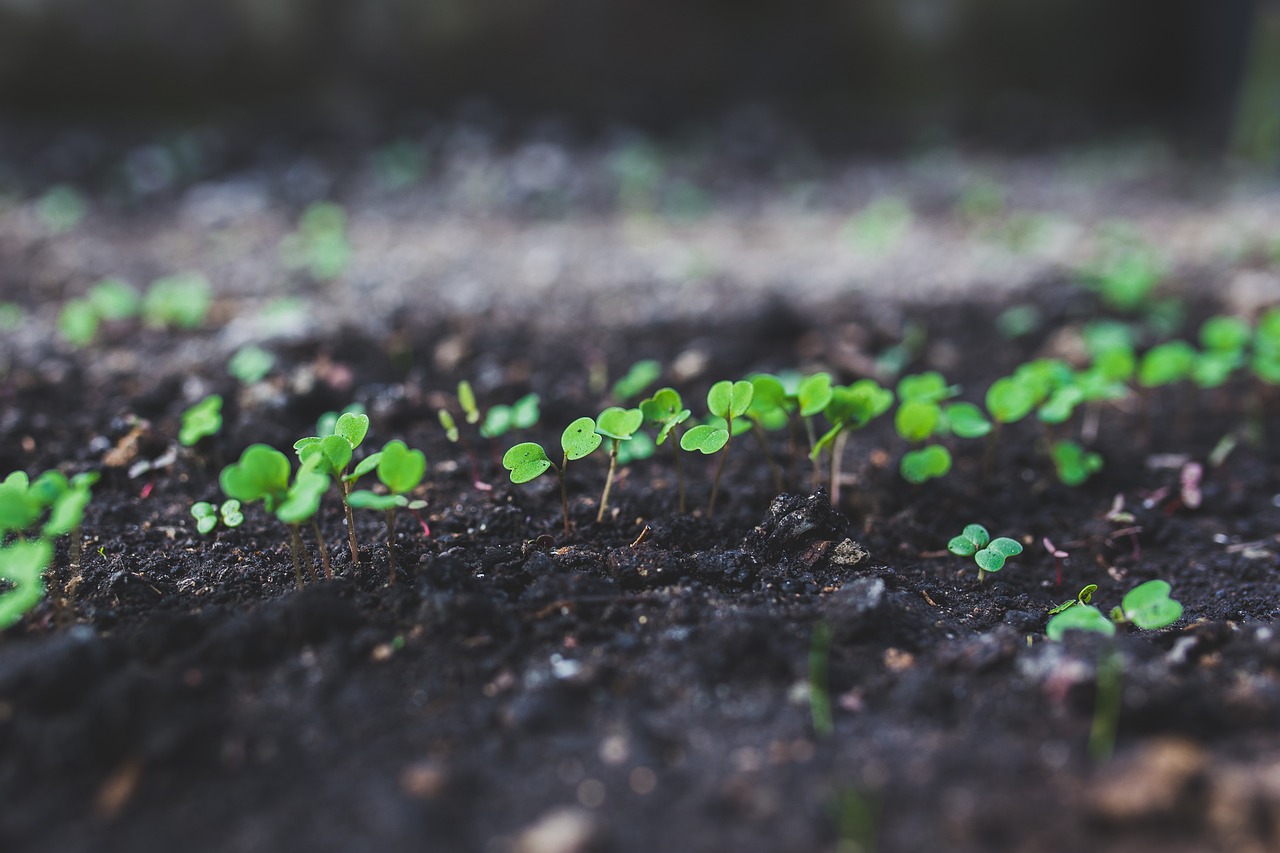
As a gardener in Zone 6, it’s essential to understand the specific planting schedule for your region. Making mistakes in your planting timing can have a significant impact on your harvest. This article will highlight the common errors that gardeners in Zone 6 should avoid to ensure a successful and bountiful yield.
This post may have affiliate links. This means that sometimes when you click a link on our site and make a purchase on Amazon, we may earn a small commission at no additional cost to you. We only recommend products we truly believe in, and your support helps keep us running!
The Importance of Zone 6 Planting Schedule
Understanding the unique climate and weather patterns of Zone 6 is crucial for planning a successful garden. The planting schedule is designed to help gardeners make informed decisions about when to sow seeds or transplant seedlings to optimize growth and yield.
Zone 6 Planting Schedule Mistakes That Could Wreck Your Harvest
Mistake 1: Ignoring the Last Frost Date
One of the most critical factors in the Zone 6 planting schedule is the last frost date. Ignoring this date can lead to planting tender crops too early, only to have them damaged or killed by a late frost. It’s important to research and mark the last expected frost date in your area and plan your planting schedule accordingly.
Mistake 2: Failing to Harden Off Seedlings
Transferring seedlings directly from a controlled indoor environment to the harsh outdoor conditions can shock and weaken the plants. Failing to harden off seedlings before transplanting them into the garden can stunt their growth and reduce their ability to produce a healthy harvest. Gradually expose the seedlings to outdoor conditions over a period of 7 to 10 days before planting them in the garden.
Mistake 3: Overcrowding Plants
It can be tempting to maximize garden space by planting as many seeds or seedlings as possible, but overcrowding can lead to stunted growth, increased competition for nutrients, and a higher risk of disease. Follow the recommended spacing guidelines for each type of plant to ensure they have enough room to thrive and produce a bountiful harvest.
Mistake 4: Neglecting Soil Preparation
Proper soil preparation is essential for the success of your garden. Neglecting to test and amend the soil, or failing to remove weeds and debris, can lead to poor growth and low yields. Take the time to prepare the soil by testing its pH, adding organic matter, and addressing any drainage issues before planting.
Mistake 5: Disregarding Companion Planting Principles
Companion planting involves strategically placing compatible plants near each other to maximize growth and repel pests. Disregarding companion planting principles can lead to an increase in pest problems and a decrease in overall yield. Research and implement companion planting strategies to create a harmonious and productive garden ecosystem.
Mistake 6: Forgetting to Mulch
Mulching is a simple yet effective practice that is often overlooked. Forgetting to mulch can result in moisture loss, increased weed growth, and soil erosion. Apply a layer of organic mulch around your plants to conserve moisture, suppress weeds, and maintain a more stable soil temperature throughout the growing season.
Mistake 7: Ignoring Soil Temperature
While frost dates provide a general guideline, it’s equally crucial to consider soil temperature before planting. Cold soil can inhibit seed germination and slow down root development. Investing in a soil thermometer and monitoring the temperature will help you determine when it’s safe to start planting. Aim for soil temperatures above 50°F (10°C) for most plants to ensure optimal growth.
Mistake 8: Improper Seed Starting
Starting seeds indoors is a common practice for many gardeners. However, improper seed starting techniques can lead to weak and unhealthy seedlings. It’s essential to provide adequate light, temperature, and moisture levels to ensure robust growth. Following seed packet instructions and using appropriate soil mixes will set a solid foundation for your plants’ success.
Being mindful of these common planting schedule mistakes, gardeners in Zone 6 can take proactive steps to avoid potential setbacks and set the stage for a successful and rewarding harvest. Understanding the unique considerations of Zone 6 and implementing best practices will contribute to a thriving garden and an abundant yield.
